How to easily show and delete imported DWGs in Revit
No one wants to manually find and delete all imported DWG files in a huge Revit model. However, it can get that bad where:
- A large amount of work is already in CAD before a transition to Revit;
- Survey data such as OS maps or 3D context models is in CAD formats; or
- Not all stakeholders participating in model coordination use Revit.
This article will look in-depth at issues you will get from having CAD files in Revit. We will then explore ways to remove them to make your Revit files more lightweight and error-free.
Why DWG files are bad for Revit
Let’s start with defining CAD files. Although CAD files usually come from AutoCad , so can they from other Computer Aided Design (CAD) software. These include AutoCAD, Microstation, SketchUp, 3ds Max, and the like. This also explains the wide range of file formats Revit’s Link CAD and Import CAD commands accept. There are DWG, DXF, DGN, SAT, SKP and possibly even more in future Revit versions.

CAD files cause issues in Revit because as a Building Information Modelling application. It cannot effectively process information created by representative modelling applications like AutoCad. In representative modelling, you only see the visual representation of the design. You can see a thin and very tall box as a wall, but it has no idea what it represents. In Revit, a wall knows its purpose tries to do that well, including being a thin, tall box.
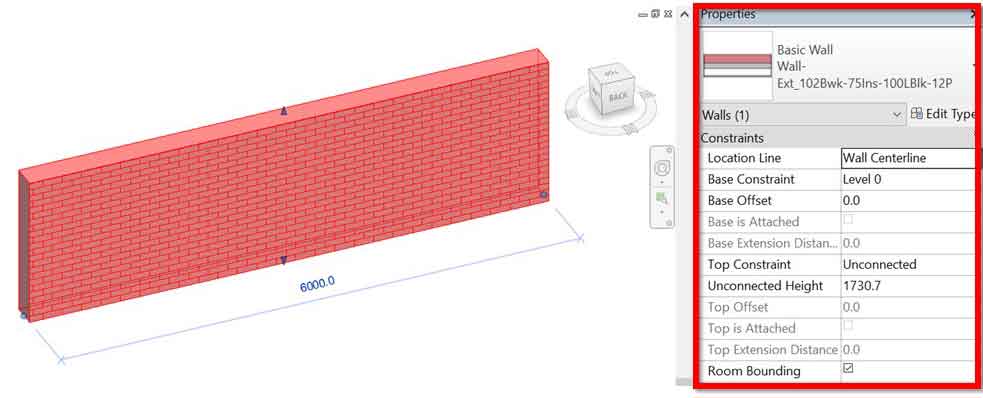
As we know, Revit still allows linking & importing CAD files to provide backward compatibility. This can either be a blessing or a curse. Ideally, users need to ensure that these CAD files:
- Are only there for reference;
- Remain relative static throughout your Revit session; &
- Are managed & purged regularly from the jungle of Revit views & sheets.
We’ll see now what will go wrong if these rules are ignored.
Rule 1 – Have DWG files in Revit only for reference
This rule reminds us to keep a linked or imported CAD file as-is, i.e. as a single element.
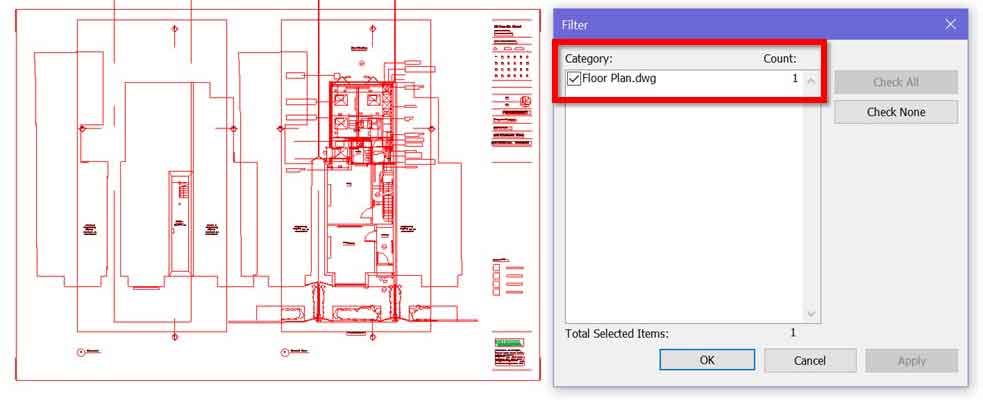
The worst thing you can do is explode it. This is because since DWG lines & hatches are of styles alien to Revit. When someone explodes a DWG, Revit tries to turn these into its native elements. Consequently, it will create lots of new line styles, line patterns and filled region styles in order . Revit will name these new styles after their layers in CAD, thus blowing up your style list. You can then say goodbye to your company’s Revit standards.
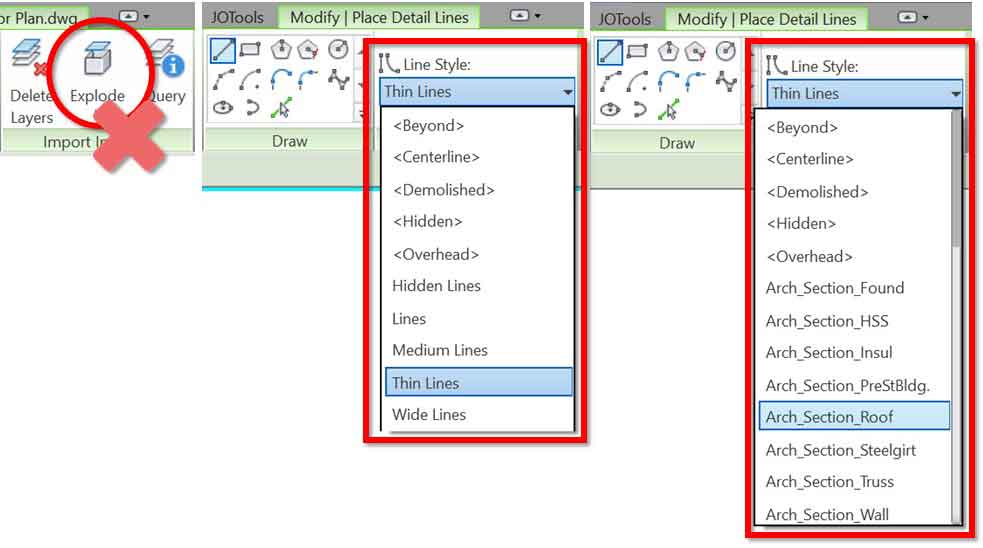
Having said that, it’s sometimes quicker to explode a DWG detail instead of tracing over it manually in Revit. If you really have to, do this in a temporary Revit file. Select exploded elements, and then change each one’s style to a type already existed in Revit before the controlled explosion. After that, copy & paste them all into a new drafting view in your main project model and use this as your detail view.
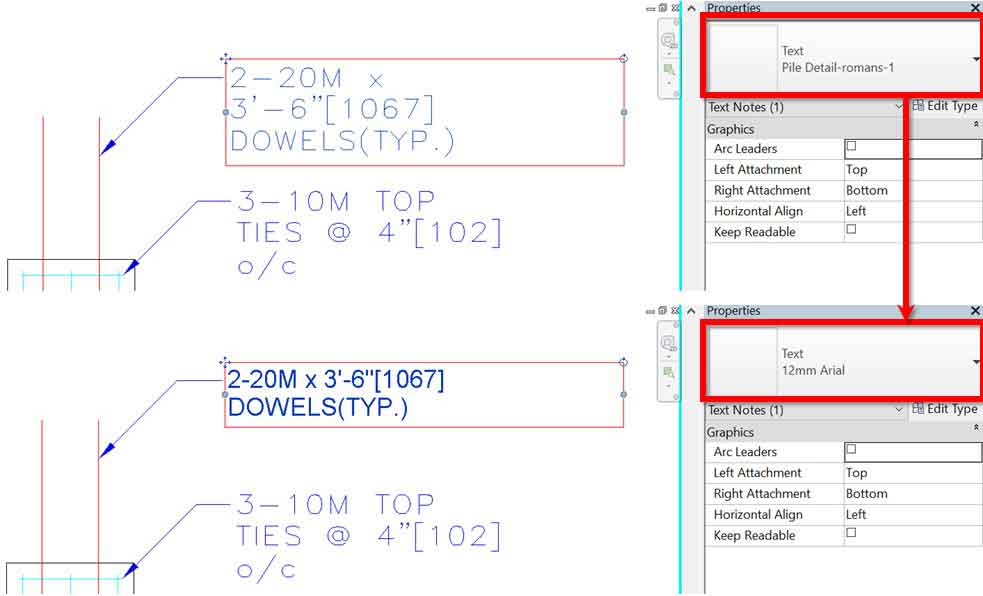
Rule 2 – Keep DWG files static
Linking a live, i.e. still under modifications frequently, CAD file into Revit is a recipe for disasters. To be fair, Revit has a mechanism for checking whether something in the model has changed. This enables notifications when you attempt to edit an element someone just modified but not yet synced to central. However, Revit cannot also monitor changes to linked CAD files because this data is from a completely different program.
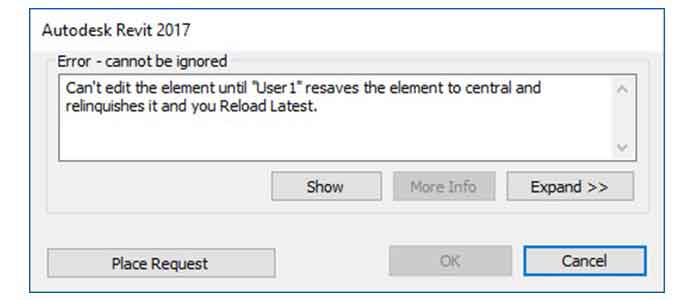
Consequently, you could sneakily delete half the elements in a CAD file and Revit wouldn’t complain. It will find this out later however, when reloading the link. This usually happens on re-opening the host model or publishing shared coordinates to it. In these scenarios, we can get errors such as “Too many missing elements”. Another one is “Model has changed in more than just shared coordinates”. While the former prevents us from opening the model, the latter will stop the setting up of your Revit models. In more severe cases, Revit may crash or the model can become corrupt.

Rule 3 – Manage & delete DWG files regularly
This works in tandem with rule number 1 above. Since we link or import CAD files into Revit only for reference, we should remove those we’ve done using. Otherwise, our Revit model’s performance will gradually deteriorate as the number of reference files grows. This will also increase the risk of someone violating rule number 2 above. That can bring the model to a lockup or even corrupt it.
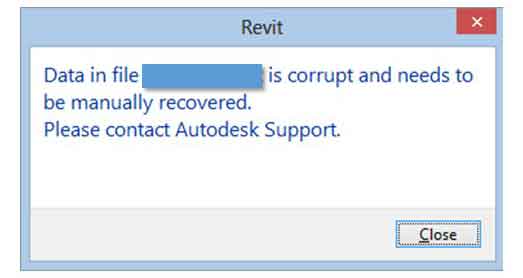
How to manage & delete DWG files from Revit
How you choose to manage CAD files in Revit very much depends on how these were linked in or imported. For linked CAD elements, simply use Revit’s Manage Links command to view, select, unload or remove individual files. However, Manage Links lack some crucial functionalities which makes managing these files much more difficult than it should.
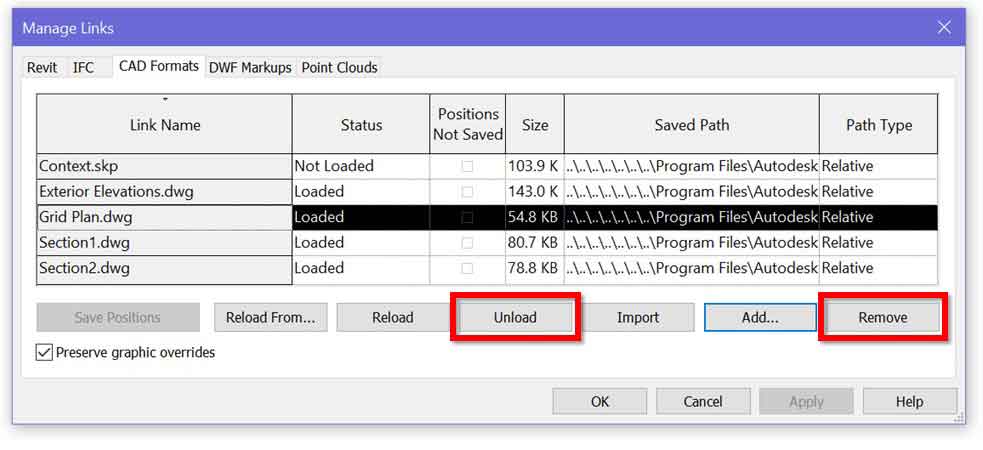
Firstly, Manage Links doesn’t show whether a CAD file is view-specific. The “Current View Only” checkbox in the Link CAD or Import CAD command’s window set this property. If you tick it, the CAD file will come into Revit as a view-specific element. This means it’ll only be visible in the active Revit view, i.e. the “Parent View”. Knowing this property of each CAD file is crucial for purging redundant DWGs from your model. The reason is view-specific ones no longer visible in their parent views should be the first to go.

Secondly, Manage Links doesn’t show whether each CAD file is still visible anywhere in the model. These files can be hidden by element/category, lying outside its parent view’s crop boundaries, or invisible due to other settings. Without knowing CAD files’ visibility, it’s tricky to identify all files no longer visible anywhere and should be removed. As a result, you may end up having under Imported Categories some CAD files which seems impossible to delete!
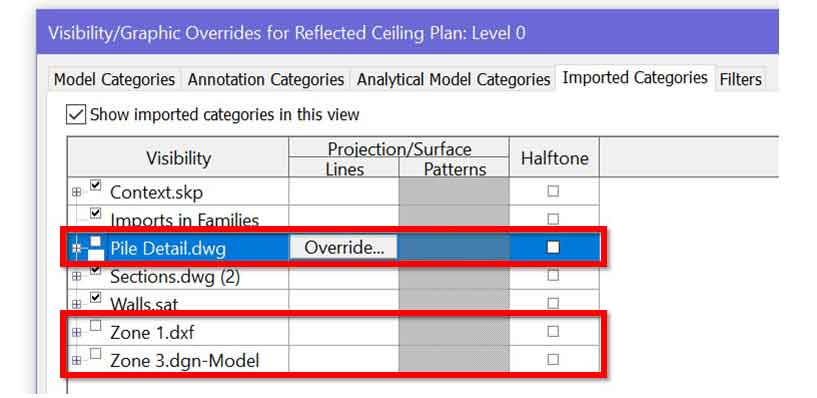
On top of that, it baffles most Revit users that Manage Links doesn’t look at imported CAD files at all. Some even consider this a big gap in Revit’s core functionalities. This is because many Revit models still have imported CAD elements either due to legacy project team’s decisions; the need to include DWGs in Revit model transfers; or other reasons outside of the project team’s control. Also, because they live directly in the model, imported CAD files tend to have a bigger impact on Revit performance then linked ones do. Hence, being oblivious to them can mean you’re leaving the office every day later than you need to!

The easiest & quickest way to manage & delete imported & linked DWG files from Revit
Most users will need a Revit add-in to fill this gap in Manage Links’ functionalities. Such an add-in should:
- Give us direct access to all linked and imported CAD files in the model;
- Highlight view-specific CAD files which are no longer visible in their parent views;
- Show all views & sheets where a CAD file of interest is visible;
- Let us quickly select any detected CAD file, see it in a good Revit view and / or delete it;
- Allow quick & direct removal of CAD files we know are redundant. No need to open a view, which can take a while in large Revit models, to select them first;
- Can scan all families loaded in a model to find embedded CAD files no matter how deep these are nested.
So far, the best add-in we have seen which you can try for free and still ticks all these boxes is CAD Files Explorer:

Each CAD file will show if it’s view-specific, linked or imported, file type, parent view, and visibility in that view. To see a CAD file in a good Revit view or delete it, simply click on the Show or Delete. This also helps locating a particular imported DWG in your hundreds of views & sheets!

Another nice feature is the chance to select one CAD file from the list and click Find Views. This will show all views & sheets where that file is visible. Of course, this may take some time in models with many views, yet still quicker than doing manually! You can then tell CAD Files Explorer to immediately open one of these views & sheets. It will zoom right into where the file of interest is.

In addition, CAD Files Explorer also allows direct access to element types of all CAD files in the model. Even if you have multiple copies of the same DWG in Revit, they all share 1 single element type. By letting us view & delete CAD files’ element types, CAD Files Explorer greatly helps us see how many copies there are of each type and then delete all of these in 1 click if necessary. This is particularly efficient if you’re trying to remove redundant CAD file names under VG > Imported Categories. Instead of hunting down to delete all instances of the CAD file in hope that will take this name away from VG, simply remove its type directly from DWG Explorer’s CAD Link Type Report.
As a bonus, CAD Files Explorer also has a toggle for “Live report update” mode. Keep this on and the reports will update as soon as we add or remove CAD files to or from the model. This requires re-scanning your model however, which can be a slight disruption when done in a large Revit file with many CAD files and hundreds of views. In that case, simply untick this box to only update the report manually by closing & reopening CAD Files Explorer from Revit’s Add-Ins tab.
The app works solidly in all of our tests and provides unprecedented joy in managing CAD files visually & quantitatively in Revit. Finally, it also allow finding imported CAD files in all loaded Revit families in your model. This also scans all nested families no matter how deep they hide. The report this scan produces will clearly show at which nesting level a DWG is, making it easy to get there and delete or replace it.
We also found an unexpected bonus with this feature. It listed all corrupt families encountered in a scan! If you ever spent time hunting for those, you’ll understand how we felt when we found this out!
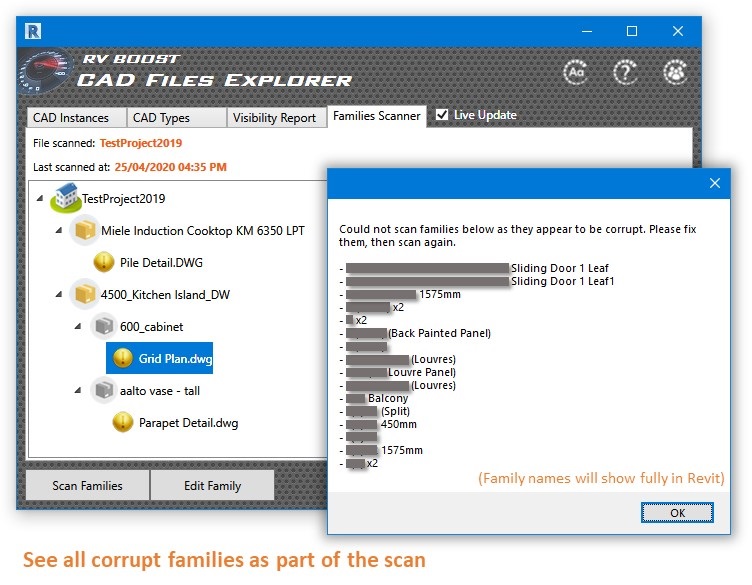
Another hidden feature is how CAD Files Explorer lists exploded DWG styles. These are the result of someone exploded a CAD file in the model which used to be impossible to find and undo. Now, we can clean these up or at least highlight them for later educating our technical staff.

Want to clean your Revit model of more than just CAD files? RV DeepClean has over 40 automated model cleaning tasks you can configure and run at any time with a single mouse click! To find out more, check out the video below and get the app for free from here.
Summary
For the most part, CAD files are indeed toxic to Revit. However, many of us still depend on them once in a while to combine Revit’s amazing BIM capabilities with databases it not yet possess. Hence, each project team needs a robust procedure for managing these CAD files to maintain the fine line between using them carelessly & consciously. This procedure will need to include the 3 rules of using CAD files in Revit as well as housekeeping intervals using either Manage Links or add-in such as CAD Files Explorer. Doing all this right and we can confidently tame these CAD files right in our Revit powerhouse.
Can’t stop learning?
Check out below our free Revit training channel on YouTube!
ENJOYED THE TUTORIAL? HERE’S HOW TO ENCOURAGE US TO DO MORE!

Until next time, happy Revit-ing!









